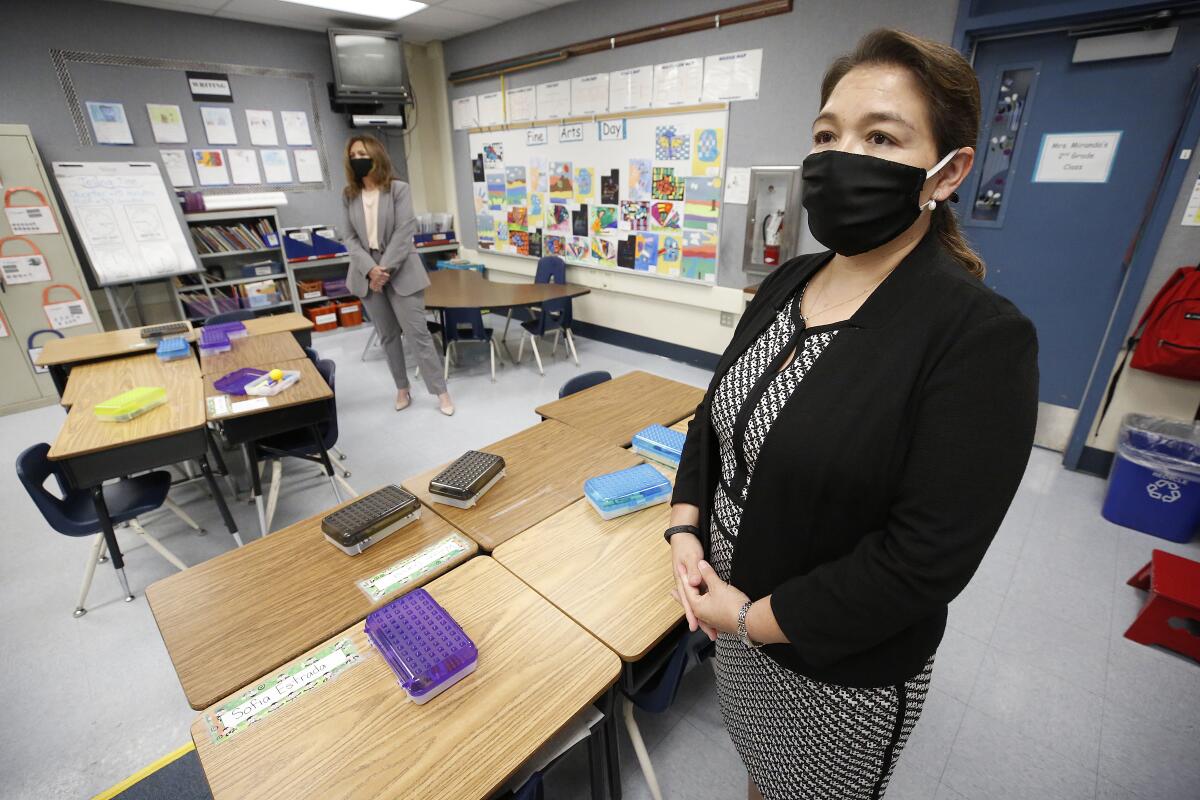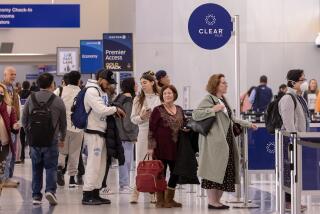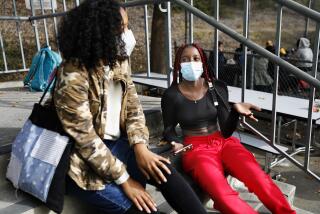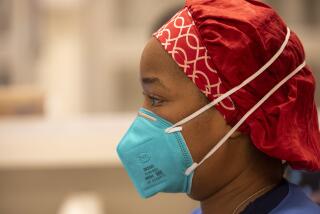When can schools reopen under new state rules? It’s all about color-coded tiers and waivers

As coronavirus caseloads drop, the prospect of reopening schools improves, although new state guidelines will not lead to a quicker return to campus. In most counties, including Los Angeles, the new rules have no immediate effect on schools because disease rates remain too high.
The new rules do not affect the state’s waiver application guidelines, which allow elementary schools to open under certain circumstances.
What will it take to reopen all elementary, middle and high schools in your county? What are the rules for waivers?
Here’s what you need to know about California’s school reopening requirements.
Schools cannot open in counties with widespread COVID-19, the state’s purple tier
Until Friday, the deciding factor for whether campuses could reopen was the state’s watchlist. Counties on that list had to keep campuses closed — except under a waiver process for elementary schools. More on that coming up.
Under the new process that begins on Monday, the state assigns a color-code tier to each county based on its level of coronavirus cases. For the most part, counties that were on the prior watchlist, including L.A. County, have moved to the purple category, the worst one.
K-12 campuses located in counties in the purple level cannot reopen for in-person classes, including all public, private, charter and faith-based schools. Counties in the purple level have:
- More than seven daily new cases per 100,000 people per day
- More than 8% of coronavirus-infection tests are positive
Some educators said the effect of new rules will delay how soon schools can reopen.
When county infection numbers come down in the state’s new color-coded structure to “substantial,” “moderate” or “minimal” levels for at least 14 days, schools can open with limited in-person instruction with local health official approval.
A waiver process for elementary schools to open earlier remains in place
The rules that allow for waivers are unchanged in the state’s latest guidelines. They allow for a school district superintendent or director of a charter or private school to apply through their local health agency for a waiver to reopen school for grades K-6 only. The waivers acknowledge the difficulties young children encounter with online learning.
One key waiver metric calls for the county’s 14-day COVID-19 case rate to be at or below 200 per 100,000 residents. Although the case rate in L.A. County has fallen below 200, county health officials have said they are not yet ready to issue waivers.
According to guidelines laid out by the California Department of Public Health, waiver applicants must consult with labor, parent groups and community-based organizations.
They must also submit plans that include small, stable class sizes; rules for social distancing; protocols for how to handle outbreaks; a plan for testing if exposures do occur; and criteria for when to close, among other information. District approval would be required for any school that seeks the waiver. The plans must be posted publicly.
Local health officers must review epidemiological data and consult with the state before granting a school its waiver.
When the governor issued new guidelines, some education officials were concerned about whether their waiver plans would be affected. So far, that does not appear to be the case.
K-12 schools can open only after their county moves to the red tier
A school district, charter schools and private campuses can consider reopening when their county moves out of the purple category and into any of three lower levels. Red, signifying substantial transmission, follows purple and is defined by:
- Infections of four to seven COVID cases per day per 100,000 people
- A positivity rate between 5% and 8%
Once a county moves into the red zone, or lower tiers, it must stay there at least 14 consecutive days before campuses can open. But any county can impose standards stricter than the state’s.
And even when campuses can reopen, there will not be a return to the pre-COVID-19 days — at least not for some time.
Schools that do reopen must have COVID-19 prevention and response plans in place, including promoting healthy hand hygiene, requiring face coverings for all staff and students in the third grade and above, maintaining distance inside and outside of the classroom, checking for signs and symptoms of COVID-19, and having a plan in place for when someone becomes sick.
Can a school be re-closed if there is a campus outbreak?
Yes. The threshold for re-closing a campus depends on the number of COVID-19 cases at a school — and on guidance from the local health agency. The state guidelines say that if a teacher or student in a classroom tests positive, those exposed — likely the entire class — should be sent home and the classroom closed for cleaning and disinfection.
According to L.A. County guidelines, a home quarantine of 14 days is mandatory for any students or staff who were in close contact with someone diagnosed with or suspected to have COVID-19. “Close contact” is defined as being within 6 feet for more than 10 minutes with someone who has tested positive for the coronavirus, or is suspected to have COVID-19.
The state guidelines say school closure “may be appropriate” when there are multiple cases in multiple cohorts at the school, or when cases within a 14-day period hit at least 5% of the total number of teachers, students and staff, depending on the size and physical layout of the school.
A school district should close if 25% of its schools have closed due to COVID-19 within 14 days.
Times staff writer Nina Agrawal contributed to this report.
More to Read
Sign up for Essential California
The most important California stories and recommendations in your inbox every morning.
You may occasionally receive promotional content from the Los Angeles Times.












